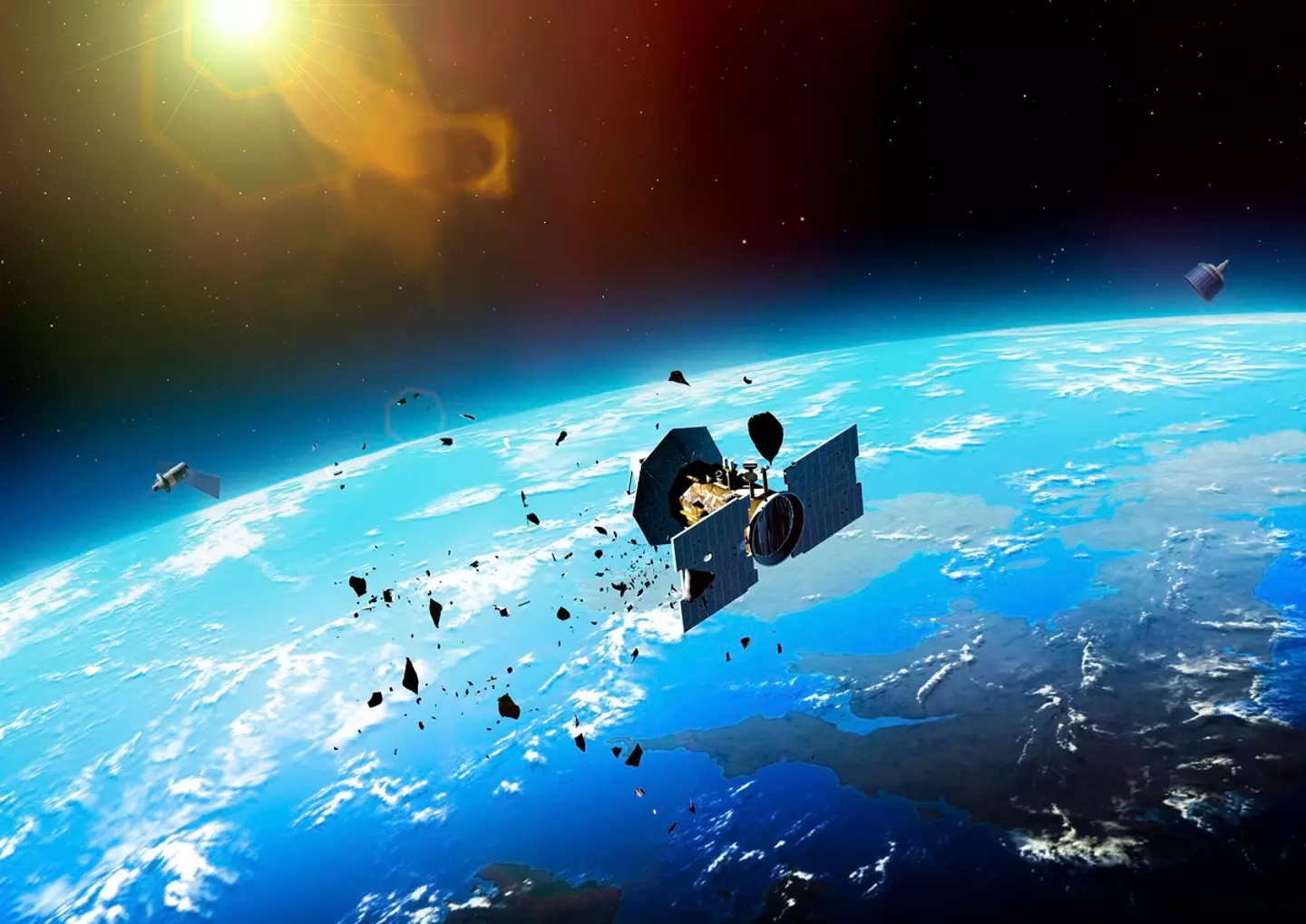Elon Musk’s Satellites Plummet: Is Earth on the Brink of a Space Junk Catastrophe?
So, Elon Musk’s Starlink satellites are taking quite the nosedive lately — literally. Imagine thousands of tiny space gizmos zooming around Earth, beaming internet to the far corners of the globe, and now, some of them are crash-landing back, with debris showering California like celestial confetti gone wrong. It’s a tech marvel that’s transformed connectivity for remote places, yet these falling satellites have folks on edge about more than just safety. There’s this looming theory, the Kessler Syndrome — a cosmic traffic jam where space junk multiplies like rabbits, potentially turning low Earth orbit into a no-go zone for any new satellites. With Starlink’s plans to flood the skies with up to 40,000 satellites, one can’t help but wonder — are we tech geniuses or space-age hoarders courting a disaster waiting to happen? Hold onto your hats and your Wi-Fi passwords — it’s a wild ride ahead.
Elon Musk’s Starlink company have created fresh fears over the theoretical Kessler Syndrome, after satellites started falling from the sky.
The internet company, owned by the billionaire business mogul, uses a network of thousands of small satellites in low Earth orbit to provide internet all over the world.
The technology has undoubtedly been revolutionary for people in hard-to-reach places, where getting a signal would previously have been impossible.
However, something appears to have gone amiss, after as many as four satellites have been recorded falling back to Earth every single day, with debris landing in California, according to space trackers.
Concerning videos have captured the moment the debris has fallen Earthside with fears growing as to the safety risk they could pose as they deorbit.
But while people are rightly concerned about the danger of falling debris, others are worried about the impact the falling satellites could have on the Kessler syndrome theory, which could be catastrophic for all of us living on Earth.
What is Kessler syndrome?
Theorised by NASA scientists Donald Kessler and Burton Cour-Palais back in 1978, Kessler syndrome warns that objects orbiting Earth in close proximity to the planet will become so crowded that a chain reaction of collisions could begin.
And from there, it might not stop, destroying satellites essential to maintaining humanity as we know it – from crop production and internet connections to international travel and phone calls.
In the worst-case scenario, the area of space described as low Earth orbit will then become uninhabitable by new satellites due to the rings of debris whizzing around the planet.
Starlink satellite impact on Kessler syndrome

Scientists think we’re close to Kessler syndrome coming to fruition (Getty Stock Photo)
At the time of writing, there are currently an estimated 8,475 Starlink satellites orbiting Earth, which is a huge percentage of the estimated 12,000 working satellites currently orbiting our planet and around 20,000 objects.
Elon Musk has announced plans to increase the number of Starlink satellites to 40,000 which would more than quadruple the current number of them.
Meanwhile, there are already tens of thousands of pieces of debris floating around space, so with around four satellites beginning to deorbit everyday, it’s highly likely pieces will break away as they do so and further add to the space debris.
Starlink satellites are designed to live around five years and are supposed to burn up when re-entering Earth’s atmosphere – but only time will tell if this always remains the case.

















Post Comment